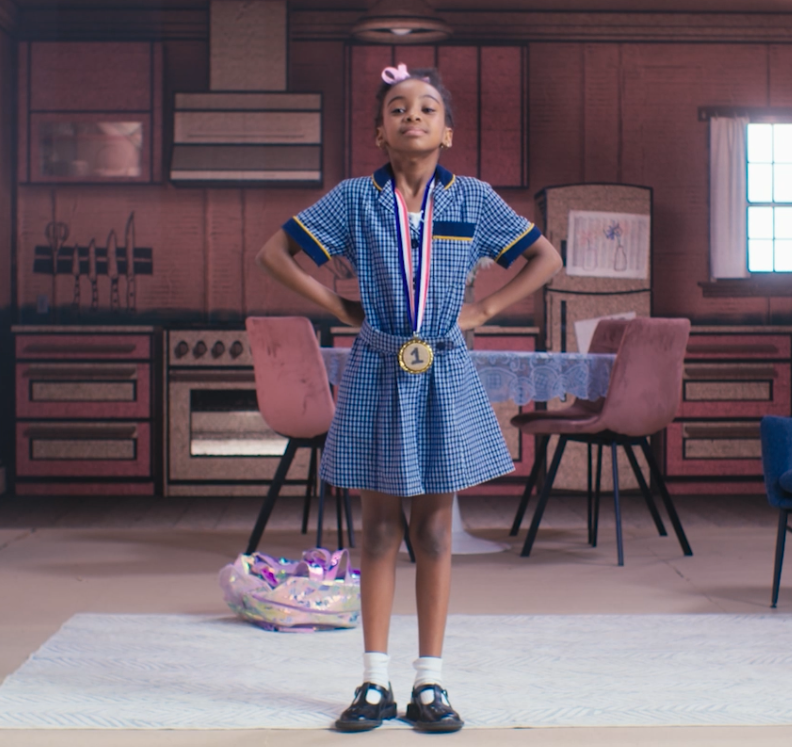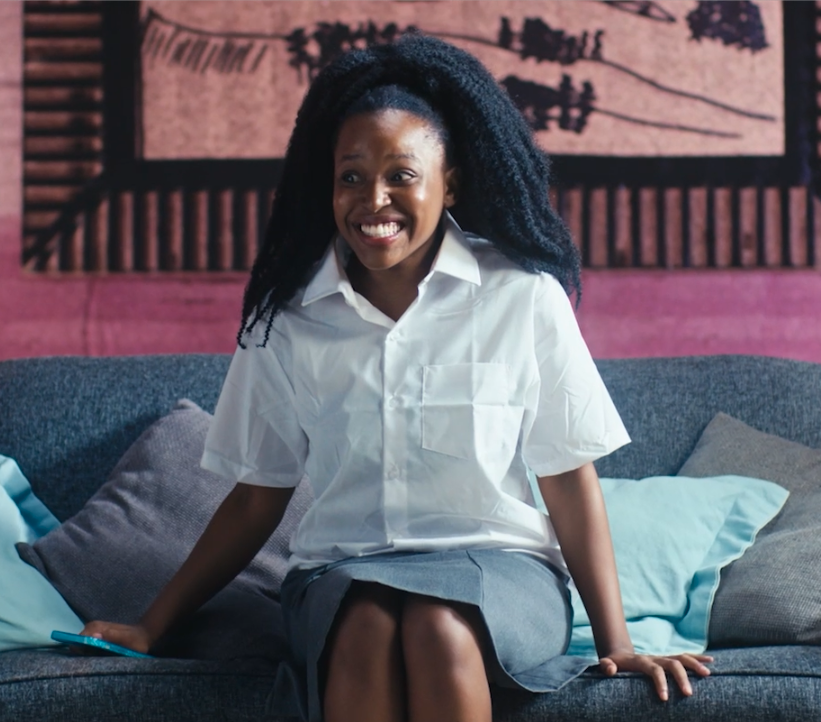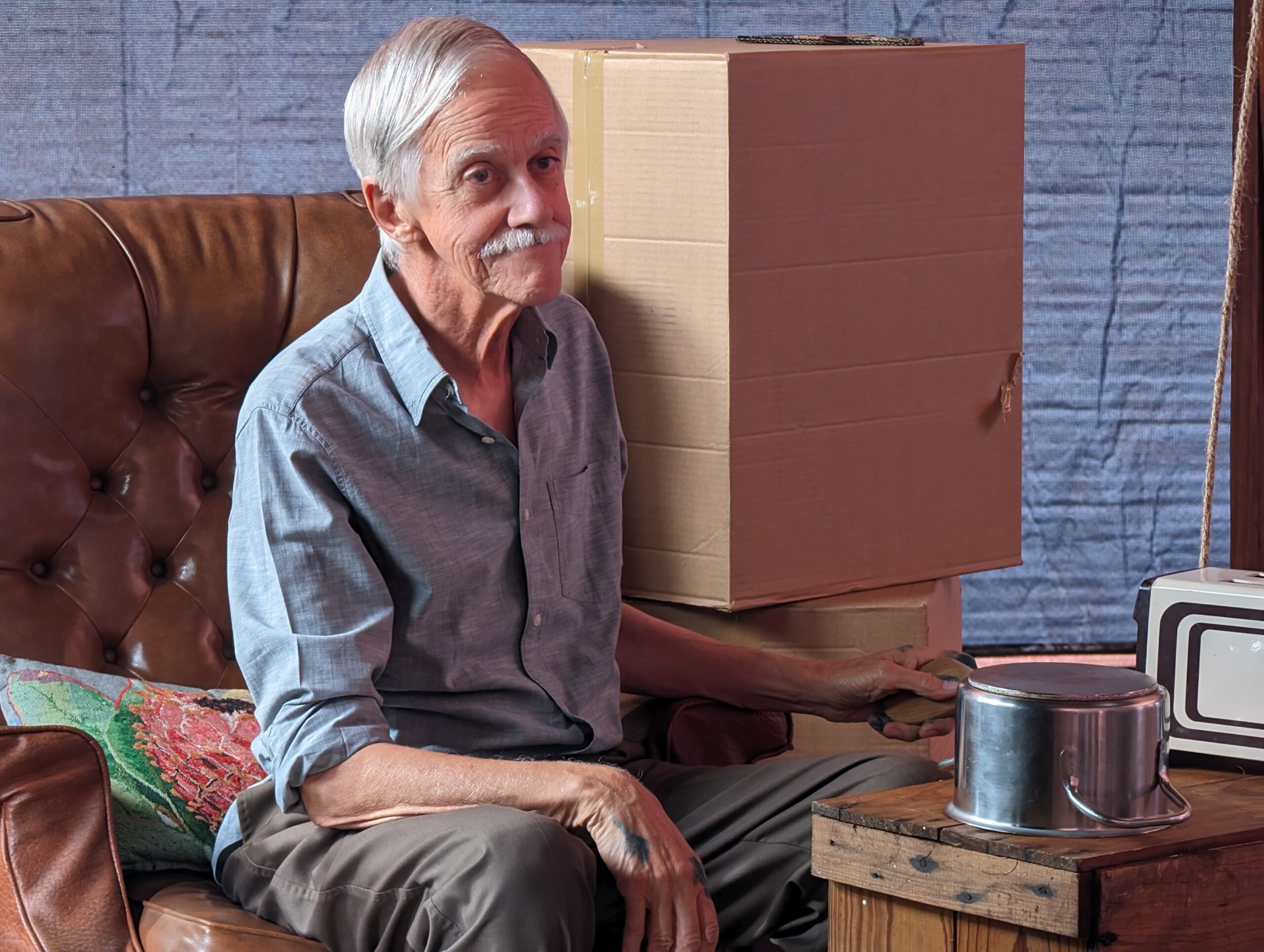



Short Film Project – Rising Filmmakers: Noise & Neighbours
Noise & Neighbours: A powerful message through music in the absence of dialogue
If you ignore the music, Liza Ludick’s new short film, Noise & Neighbours, can be classified as a silent movie. Still, with striking animation and the moving piano notes of composer Wesley West, the silence in this movie is significantly meaningful.
Veteran actor Tobie Cronjé and newcomer Olwethu Kunene play the roles of Helmut and Bolelo, two neighbours who can’t stand each other, but who, through the universal language of music, assume unique roles in fulfilling each other’s lives.
Director Liza Ludick talks about Noise & Neighbours.
The film explores the themes of seasons and change, be it the change of seasons in nature or the seasonal changes in our lives. Why was it so important to focus on these themes?
The cycle of life and death has intrigued people from the beginning of time. In the same way that the Greek mythologies of Demeter and Persephone employ the seasons to represent life and death, the seasons in Noise & Neighbours symbolise these cyclical changes. I believe that life and death are inseparable. We come from, and go to the ‘same place’, and we all experience both. It is as normal as the change in seasons.
The silence in the film, except for the piano, is poignant and says a lot without the use of words. Why did you decide to do the film without dialogue? Do you think there is room in the market for more silent movies?
The human experience is universal. I wanted to make a film that everybody could understand, no matter their language or culture. I think dialogue is sometimes over-utilised. Silence can convey the essence of a message in a universal way. I therefore firmly believe that there is room in the market for movies without dialogue.
What proved to be most challenging in making a movie without any dialogue?
Music replaces dialogue in Noise & Neighbours. Therefore, it was utterly important to work with the best composer – Wesley West in this case. Before we started shooting, he already had the music for the film composed. During the production, the actors added their own flavour to the story, and Wesley had to modify the music afterwards to complement the actors’ nuances. Each composition had to communicate the characters’ emotions. Of course, it was equally important to use excellent actors, and to utilise the camera as if it was a brush capturing emotions in a painting.
What should we know about the main characters, Helmut (Tobie Cronjé) and Bolelo (Olwethu Kuene)?
Bolelo teaches Helmut to start living again. Helmut teaches Bolelo how to face life’s challenges. In many ways, they are opposites of each other. The bond that is established between them symbolises my belief that it is always possible to find common ground between people.
Tell us about the virtual aspects of the production.
We shot the film in an LED volume at Cape Town’s Atlantic Studios. They contacted us after having read the screenplay.
The volume (a system of sophisticated LED panels that are linked together and used to display video material or 3D content) allowed me during the pre-production phase to see exactly what every scene would eventually look like. It saved a lot of time in terms of our cardboards sets, because the superbly talented people at Breadbin Productions created the sets digitally beforehand.
Our art director, Jaclyn Maistry, designed every nook and cranny with them, which enabled us on the day of shooting to change sets with the push of a few buttons.
How do you think the animation adds to the joy of watching the movie?
I believed from the start that the set had to be made of cardboard. It serves as a visual metaphor of the temporary nature of earthly things. The only reality in our lives is the emotional bonds we have with other people. The rest is discardable waste. The virtual production techniques helped to make the cardboard world look authentic, and it gave depth to the surrealist atmosphere of the film.
Tobie Cronjé is renowned as an actor who creates brilliant characters. Did you have him in mind for the role of Helmut from the outset?
I must give credit to Jaco van Bosch, our producer, for Tobie’s involvement. When I showed Jaco a picture of Eustice in the animation series Courage the Cowardly Dog, he knew instantly that Tobie Cronjé was born to be Helmut.
